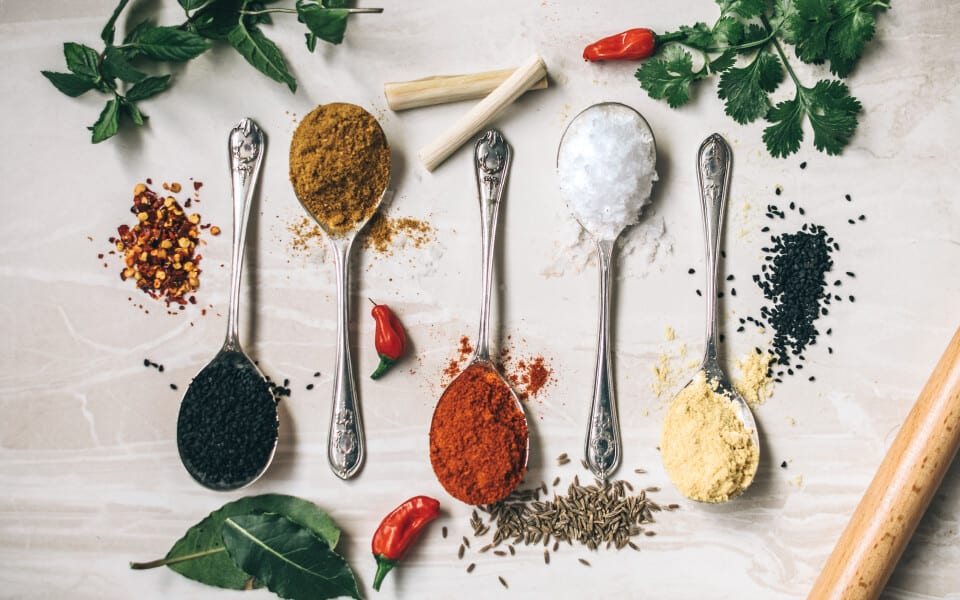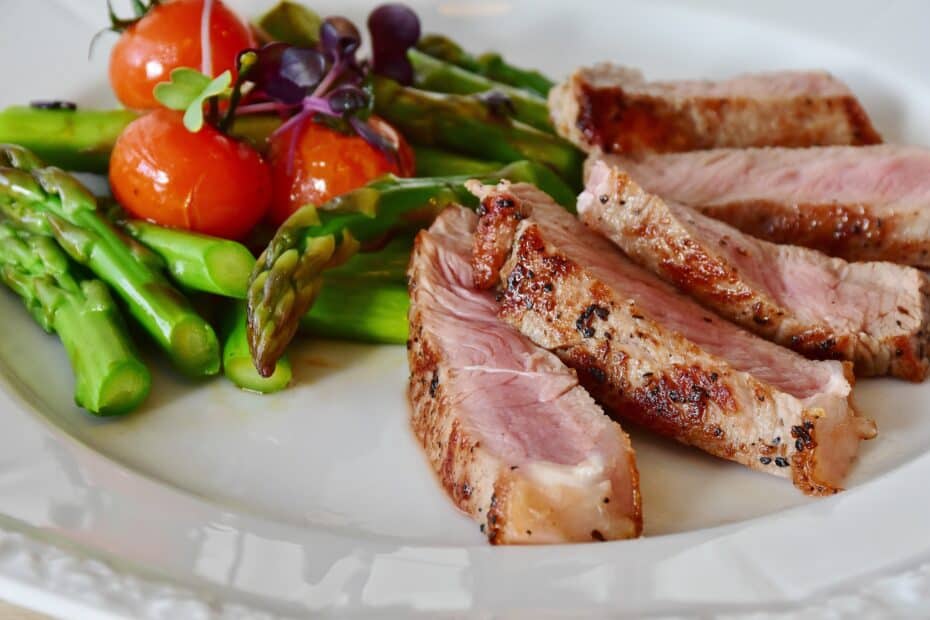There’s nothing like a good barbecue to bring friends and family together. Whether it’s a holiday, graduation, tailgate, or a simple celebration of community, Americans have transformed the art into a science. One of our favorite BBQ meats is pork, and a sure way to impress everyone around is to prepare it with excellence.
Even so, one of the biggest bones of contention regarding pork is which cut is the best. Choosing from the belly, pork shoulder, ham hock, head, fatback, pork butt, spare ribs, blade shoulder, chitterlings, and so on can be a challenge, but we won’t go into all of them here. In this piece, we’ll be looking at one of the most desirable pork cuts – the loin – and see the best way to get the most out of it.
Let’s dive right in.
What is Pork Loin
The loin is a cylindrical cut running down a pig’s back on both sides of the backbone, from the shoulders to its hind legs. It is a highly desirable cut of meat owing to its size, tenderness, and flavor.
This is one of the largest single cuts of meat on this animal and is traditionally classified into pork tenderloin and pork loin. The most visible difference between them is that pork loin is thick and wide, with a visible fat cap running along its back. These are what we typically find used as pork chops.
On the other hand, Tenderloins in comparison are a lean cut of meat that are thin and narrow, with minimal fat visible.
Preparing the Pork Loin
Here’s a step-by-step guide showing how to prepare your pork loin cut to ensure you get the best out of it.
Trimming the pork
When you purchase pork loin, you can expect the fatback layer to come along with it. This cut won’t require trimming unless you’re particularly averse to fat. If you cook such a cut properly, as we’ll cover later on here, excess fat won’t be a problem, as it will be broken down in the grilling process and contribute to your roast’s overall flavor and juiciness.
On the other hand, Tenderloins might require some extra steps before they are ready for cooking. Tenderloins are generally leaner than pork loins and typically have a silver skin, which is just a thin, fat layer on their surface that can be tough and chewy if left on the cut.
On your cutting board, take a slim, sharp, boning knife and slip it under the fat side of the cut to solve this issue. Slide it across your cut to separate the fat layer.
Seasoning the Pork

Properly seasoning pork will ultimately be a matter of your particular taste and preferences but will involve a mix of various herbs and spices. A spicy Cajun pork loin seasoning mix suitable for one pound of pork might include paprika, oregano, thyme, onion flakes, garlic powder, cayenne pepper, and vegetable oil. Mix all these and rub them into your cut of meat. Let the meat sit undisturbed until you are ready to put it on the grill or oven.
Marinating the Pork
As the name suggests, Tenderloin is more tender than pork loin and might require more careful handling. Marinating is a better option for a juicy pork tenderloin if you hope to retain all of its moisture and flavor.
You can play around with this mix, but a surefire marinade may consist of olive oil, garlic, brown sugar, white wine vinegar, ground mustard, pepper, salt, soy sauce, and lemon juice. Mix these ingredients and pour them into a resealable plastic bag with your tenderloin. Seal and place the bag in your refrigerator for at least 4 hours or until you’re ready to cook.
Be sure to let your pork set at room temperature for 30 minutes before placing it on the grill.
Cooking the Pork Loin
Preparing the Grill

There are two essential methods of grilling pork loin and tenderloin. These are the direct and indirect methods encompassed in what is known as Zone Cooking. This technique acknowledges that grills will always have high heat, medium heat, and low heat areas and utilizes this.
When cooking with the direct method, you will place the pork directly on a high heat source. Conversely, when using the indirect method, you will place your pork loins over an indirect heat area (area of the grill that is off or on low). Some pork loin recipes will utilize just the indirect method and others will use both.
When setting up your grill, you want the cooler side to reach 350 degrees F temperature (or about 177 degrees C). If utilizing just the indirect method on a gas grill, you can just set your grill to 350.
But if you’re also using the direct method or using an alternative fuel source such as wood chips or charcoal, then you’ll turn the heat all the way up on one side of the grill (or push your fuel to one side of the grill) and leave the other side off or on low.
Pork Tenderloins
Tenderloins call for lower, indirect heat for best results. Many BBQ enthusiasts will wrap up tenderloin cuts in aluminum foil before placing them on the grill for added protection against charring and overcooking.
Pork Loins
Pork loins are often used for pork roasts because they will withstand more heat on the grill due to their higher marbling or fat content. To end up with a great result, you can place a sizable pork loin roast in indirect heat (after sizzling on a direct heat source for 1-5 minutes) to end up with a great result.
Pork Loin Grilling Times Per Pound
Generally speaking, the amount of cooking time you should have your meat on the grill will depend not only on the cut itself but on its size. Here’s a general guide:
- 1-pound pork loin – 20 minutes
- 2-pound pork loin – 40 minutes
- 3-pound pork loin – 60 minutes
- 4-pound pork loin – 1 hour 20 minutes
The list can go on. Simply put, a good rule of thumb is to add 20 minutes of cook time for each additional pound of pork loin. Of course, if cooking smaller pieces, then your meat will cook faster so be sure to check it periodically.
This, however, is a rough guide; other factors such as the type of grill you’re using, the type of fuel (charcoal grill, wood, gas grill, slow cooker, etc.), and what you hope the final results will be will come into play. A ready cut should have dark brown skin on the outside while retaining a little pink in the center, although this might vary depending on individual preferences.
How To Know It’s Done
The best and safest way to know when your meat is done is to get the internal temperature of the roast. Consider your meat done once it gets to an internal temperature of 145 degrees Fahrenheit. An instant read thermometer will be a great tool for this purpose.
Don’t worry if your meat is still pink inside. A pink loin is still considered done so long as it reaches the right internal temperature and is preferred by many.
Resting the pork loin
Whatever cut of meat you’ve been coking, resting it will be a critical practice to get the very best results. When meat is cooked, its juices will heat up and rise close to the surface, often oozing out. When you allow 15 to 20 minutes to rest the pork after taking it out of the grill, you allow the juices to seep back towards the center, making for a juicier, more flavorful experience from the first bite to the last.
Parting Shot
One of the best tips to keep in mind when preparing pork loin or tenderloin is that these can be prepared in combination with a vast array of marinades, barbeque sauces, seasonings, pairings, and embellishments. Don’t hesitate to put any flavors you might fancy into the mix, no matter how much may drip between the grill grates.
As with anything else in the kitchen, experimenting might bring you better results than you might have thought possible. At any rate, the idea is to have fun with any pork recipe that tickles your fancy, so get to cooking!
